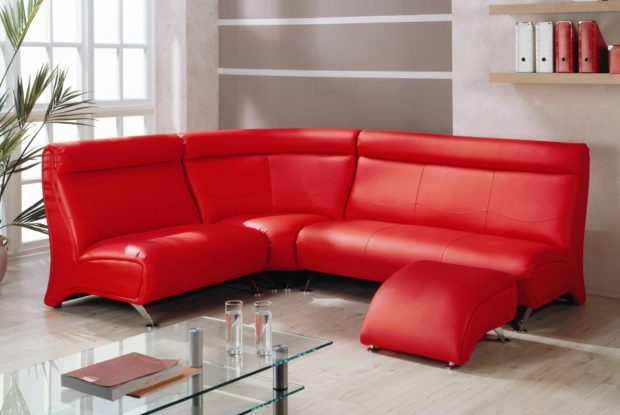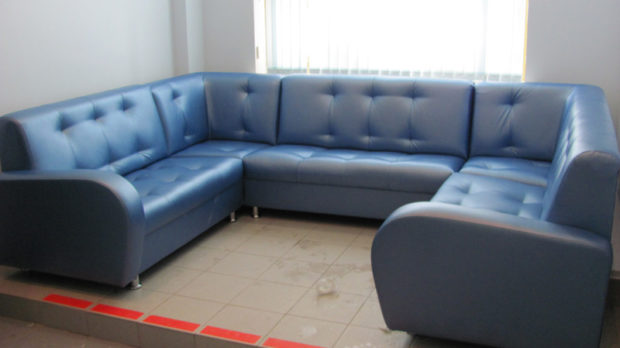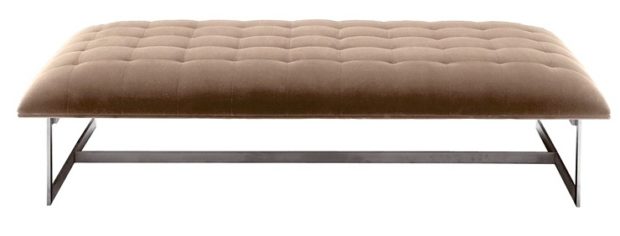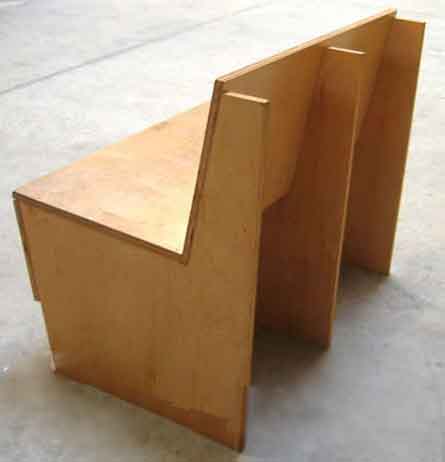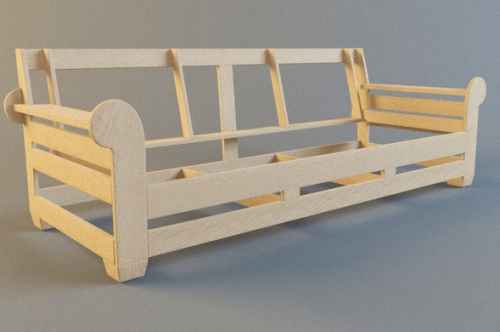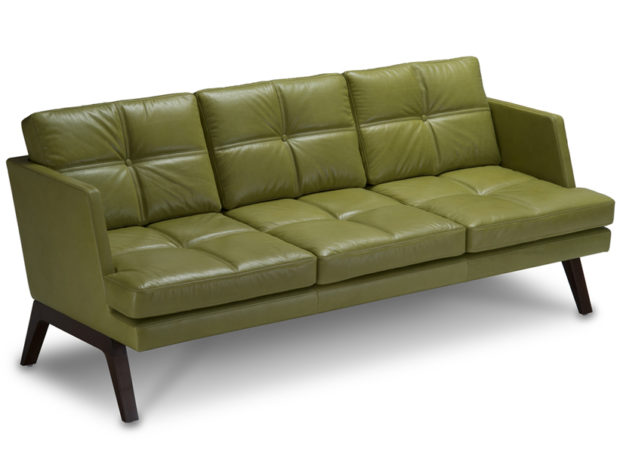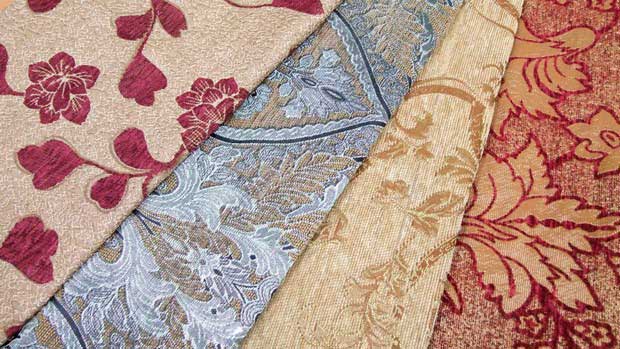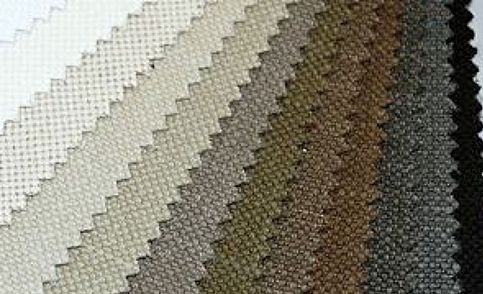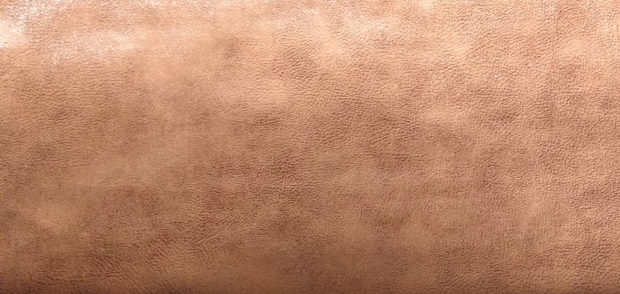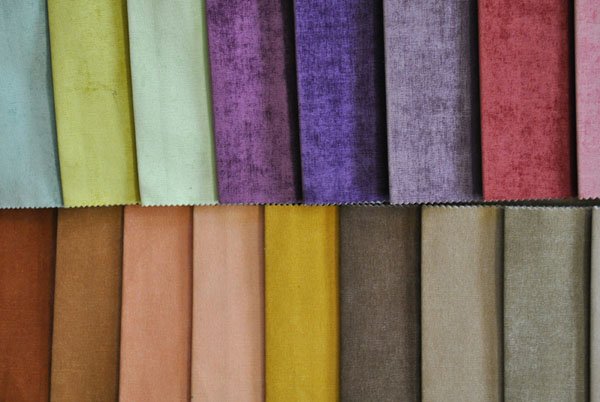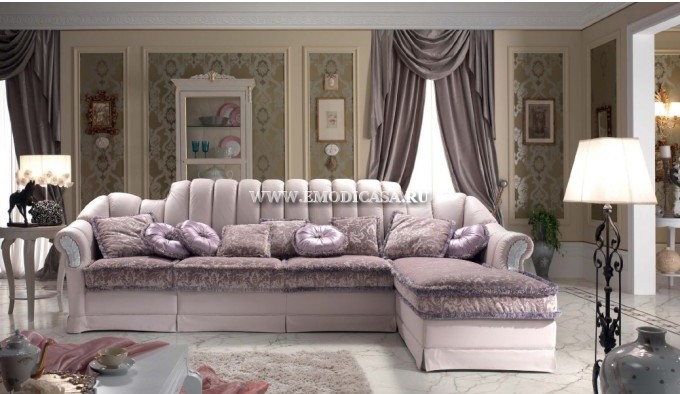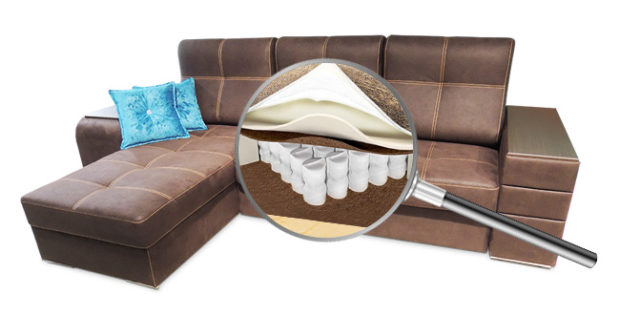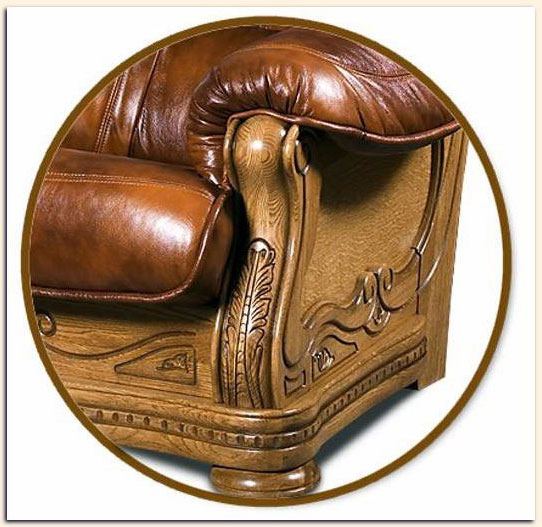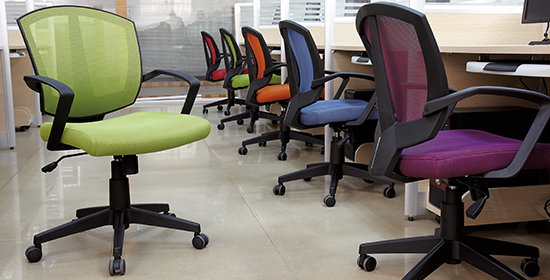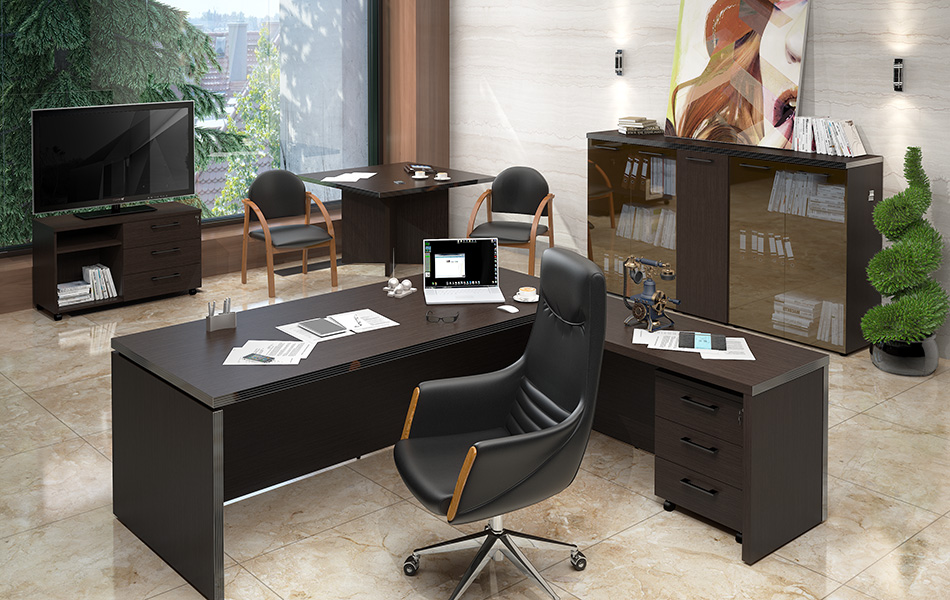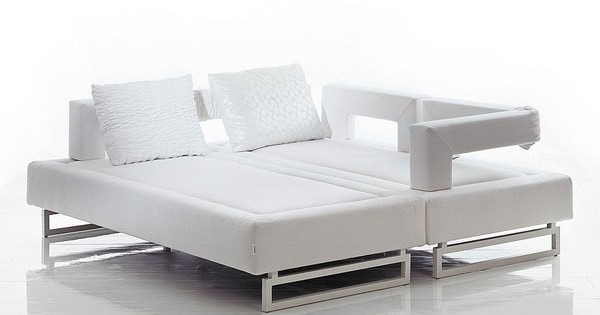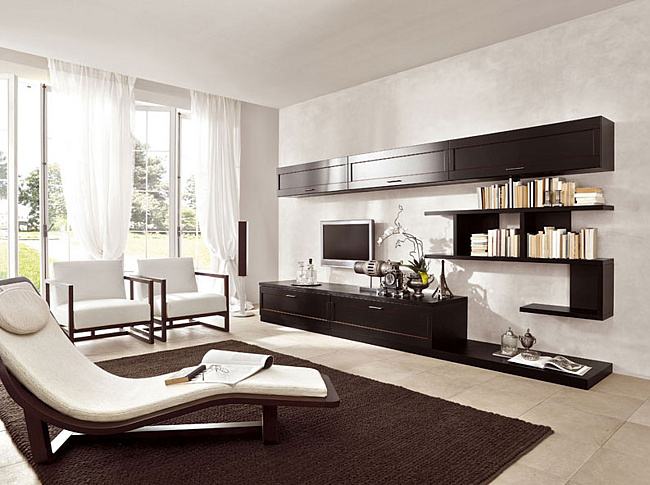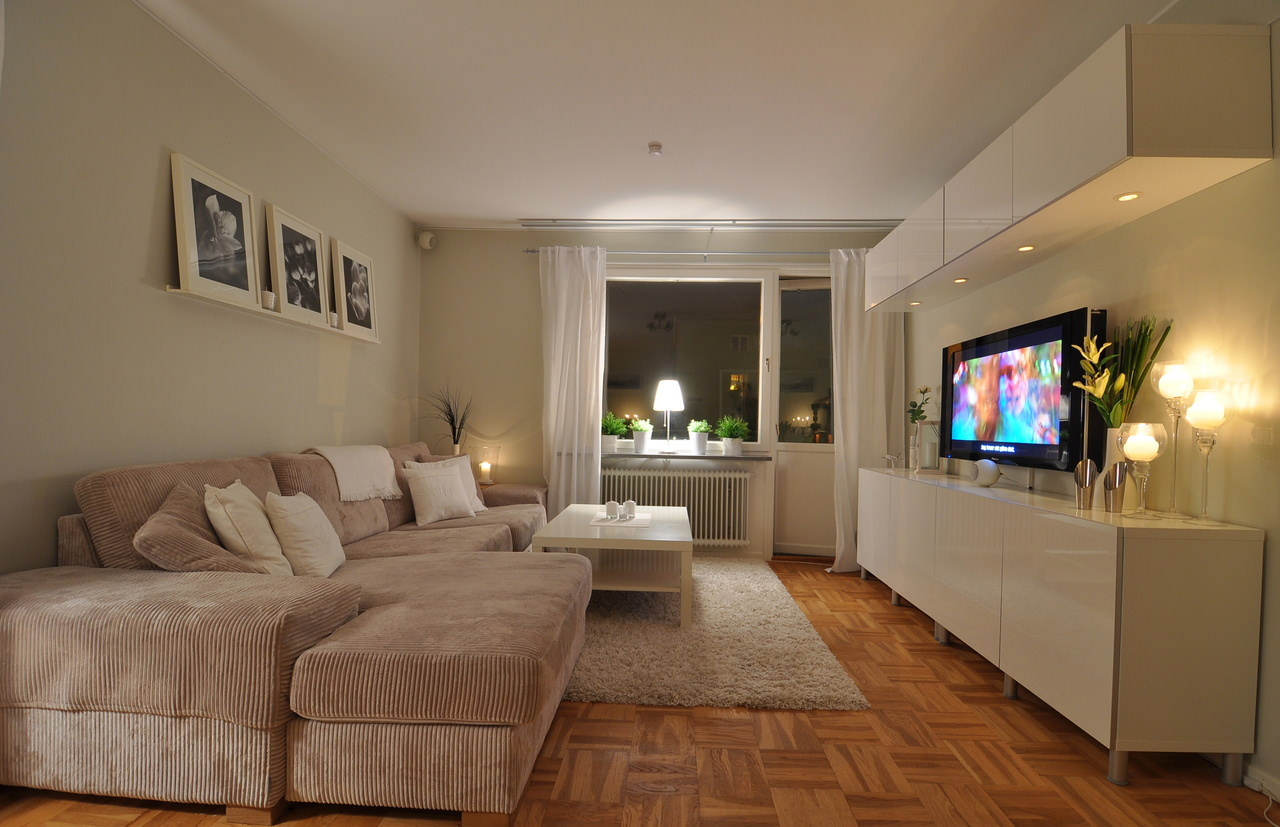Choosing an office sofa - 9 useful tips
Upholstered furniture from living spaces actively penetrated into offices, was slightly transformed and became their integral part. Without an office sofa, for example, it is difficult to imagine a modern enterprise. It serves as a waiting area for guests and customers of the company, a resting place for employees, a space for discussing working moments, sometimes important negotiations are held on it and contracts are concluded. Office sofas differ from home design, more restrained design, laconic form. When choosing an office sofa, it is important to consider the style and characteristics of the room, on which the shape and size of the product, the material of the frame and upholstery will depend.
No. 1. The main types of office sofas
Furniture factories offer such a huge assortment of office sofas that it can drive anyone crazy. To make the choice easier, let’s try to classify all existing diversity according to several parameters, and start with types of office sofas:
- direct (linear) sofas - a classic that does not need a special introduction. Such sofas fit perfectly into any office, can be installed under the wall or in the center of the room, thereby zoning it. If you put two small straight sofas opposite each other and complement them a coffee tablethen you get a good rest or waiting area;

- corner sofas more and more capacious direct. Perfectly fit into the room where one of the corners remains unused. Such constructions do not look too bulky, since they occupy only an angle, and leave the central part of the space free. If the office is large, the corner sofa can be used for zoning. For cramped spaces such a design is unlikely to work;

- U-shaped sofa can only be used in fairly spacious rooms. You can put it both in the corner and in the center of the office. Such a spacious sofa will become a full-fledged place of relaxation or negotiations;

- radius and other curved sofas became a new trend in the field of upholstered office furniture. They look bold, interesting and able to add variety to the boring office interior. The most appropriate curvilinear products will look in rooms with a non-standard layout. The main difficulty is to choose the right form of construction, so as not to overdo it with extravagance;

- couch - It is actually a direct sofa without a back and armrests. This design takes up minimal space and is perfect for decorating the waiting area in the reception.

Often, a soft office group, in addition to a sofa, also includes armchairs. Some manufacturers offer ready-made kits to save customers from the need to independently select and combine individual elements. By the way, if previously it was accepted that sofa and armchairs were identical, then modern trends dictate a departure from this rule. Products made in different but matching shades will look harmonious. The main thing is that the material and color temperature are the same: it is better to supplement the sofa with fabric upholstery with the same chairs, and do not mix cold shades with warm ones.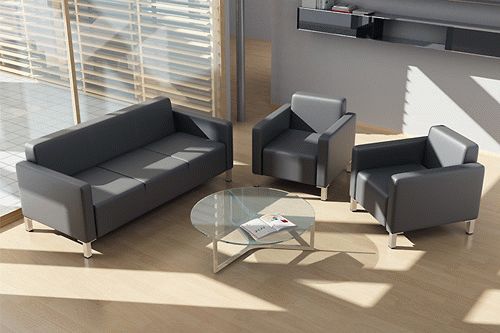
No. 2. Office sofa design
Depending on the design features, office sofas are divided into:
- monolithic;
- modular (sectional).
Monolithic sofa - The simplest and most familiar option for all of us. During the selection and during operation, the shape and size of such a product cannot be changed, so when buying, you should be especially careful and carefully evaluate the required number of seats.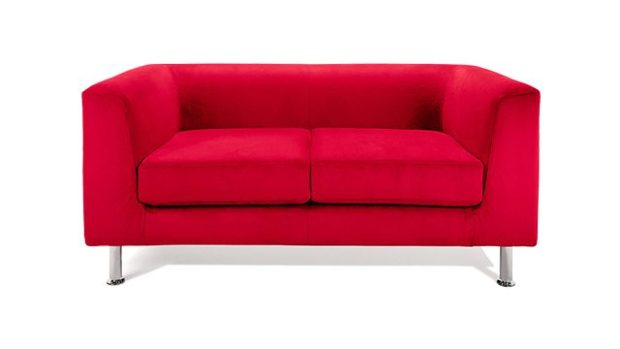
Modular sofa It is a design consisting of several independent parts (modules), which can be combined as you like: combine in any sequence or use separately from each other. Such sofas are easy to transform depending on the needs of the office: if desired, all the modules are assembled into one large sofa, and if you need to create a comfortable space for negotiations, then, for example, one small linear sofa and several armchairs can be made of them. Another advantage of a sectional sofa is the ability to eventually add new modules to the design and improve it.
Complete freedom of transformation gives modular sofas with a free configuration - sections in them can be swapped, moved, added and removed. Shape and size hard sofas must be determined upon purchase: the individual modules are then firmly fastened, and it will be impossible to change the design. Such sofas can be considered a transitional option between modular and monolithic.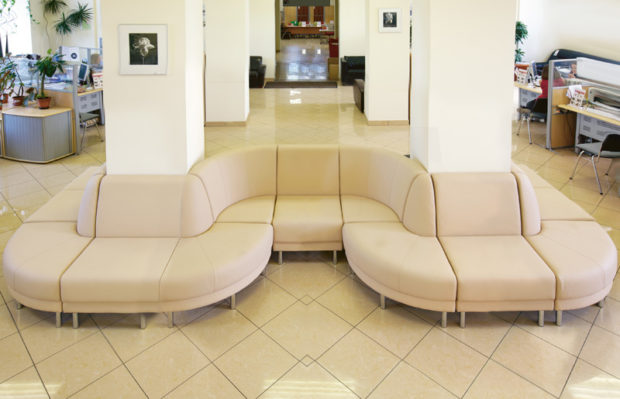
No. 3. Sofa Dimensions
When choosing the size of an office sofa, you must take into account the estimated number of visitors or employees who will sit on it at the same time, and room dimensions. If the office is small and there are many visitors, it often makes sense to take a miniature sofa and several compact chairs - such a soft group with sufficient capacity will take up little space. When square meters are critically small, couches can come to the rescue. For a narrow hall, a linear sofa is suitable, and for a spacious one, you can safely take a large modular sofa.
Do not forget to consider the dimensions of the doorways and stairswhen you choose a sufficiently large model.
The depth of the seat and the height of the back should be such that the guests of the company and its employees are comfortable sitting on the sofa. The comfort of a particular product is easy to verify on your own. Sofa Width depends on the number of seats: for double linear sofas this parameter is 1.3-1.5 m, for triple linear sofas 1.6-2 m. The width of the corner and U-shaped sofas varies widely - from 2.2 m up to 5 m and sometimes even more. A back height of 80 cm will usually suffice. The seat depth in most models is 60-85 cm, and the seat height above the floor is 40-55 cm.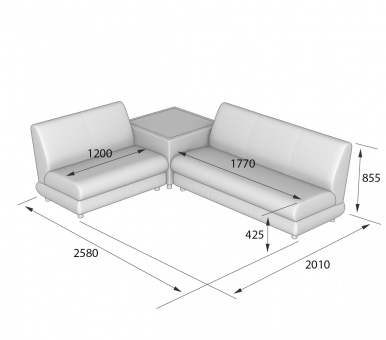
Number 4. Office sofa frame material
The frame of the sofa can be compared with the skeleton of a person. It depends on what loads and with what frequency the product can withstand. Only a reliable and durable frame can ensure the stability and durability of the structure.
To create the frame in office sofas use the following materials:
- Chipboard - The most budgetary and least durable option. The durability of sofas based on chipboard is not the highest, but under the condition of careful operation, they can serve enough. It is difficult to create complex structures from chipboard, so sofas on such a frame do not differ in particular intricacy and ingenuity. The minuses also include the relatively high weight of the finished product, so there is a risk of damage flooring. The cost of such sofas is very attractive, and often it makes you turn a blind eye to these shortcomings;

- wood frame provides high strength, wear resistance and durability. However, such a framework significantly affects the price of the product - sofas with a wooden base are very expensive and, as a rule, are performed in classic style. So that an expensive purchase does not disappoint, a wooden beam must be well dried (otherwise problems with constant creaking cannot be avoided), well-processed, without knots. The individual elements of the frame should be connected with bolts, not with screws or, especially, with glue. Among the species, it is better to give preference to oak, walnut, pine and ash;

- wood + chipboard - this combination of materials in the sofa frame allows the structure to provide proper wear resistance and maintain a reasonable price. Great for office;

- steel frame deservedly considered the most durable. The individual elements are connected by welding. Sofas with such a frame are relatively inexpensive, and in durability they are not inferior to wooden ones and even surpass them. In addition, such products are easy to repair. When choosing, make sure that there are no sharp corners in the frame that can become traumatic in the conditions of a modern office, where everyone is always in a hurry and running around.

No. 5. Office sofa upholstery material
High-quality upholstery is the key to long-term preservation of the original appearance of the sofa, its presentability and aesthetics. They will sit on the office sofa a lot and often, so it is important that the upholstery is abrasion resistant and easy to clean.
By density and wear resistance Upholstery materials are divided into the following categories:
- 0 - cheap lightweight fabrics (cotton), which under constant loads quickly wear out. It is not recommended to use them for an office sofa, but thanks to special impregnations, the wear resistance of such fabrics increases;
- 1 - more dense fabrics, which may well be used for lining office upholstered furniture (chenille, velveteen, thin tapestry);
- 2 is chenille jacquard and other relatively dense and wear-resistant fabrics;
- 3 - dense fabrics such as suede, tapestry, dense chenille and chenille complex texture;
- 4 - very durable fabrics, include suede with a pattern and dense chenille;
- 5 - dense furniture fabrics that are made using natural fibers;
- 6 - artificial leather;
- 7 - inexpensive genuine leather;
- 8 - premium genuine leather.

Usually, for siding office sofas, the following materials are used:
- leather - expensive, elite material, characterized by excellent appearance, durability. The skin practically does not absorb liquid, does not collect dust, is not electrified, has a pleasant aroma and texture, can be painted in any color, so it fits into any interior. Sometimes leather sofas are complemented by a carriage screed, but this option is more for classic interiors, while light laconic sofas with chromed legs will decorate the interior in a minimalist style. Leather is a durable material, unless, of course, it is properly looked after. Leather sofa great fit for the head's office and will be a good place for a short rest or discussing new projects with partners. Also, such sofas are suitable for meeting rooms;

- faux leather. Under this name lies a whole group of materials, but for the upholstery of office sofas, as a rule, they use the so-called. leatherette (PU leather), which consists of a cotton base, a layer of processed low-quality genuine leather and a polyurethane coating. This is a durable material that even surpasses its natural counterpart in some operational qualities. It breathes, is resistant to mechanical stress, has no odors, is easy to clean, and looks solid. Eco leather - this is practically the same, it only consists of two layers - a cotton base and a polyurethane coating. Externally, eco-leather is difficult to distinguish from natural, it is a durable material, resistant to UV rays and low temperatures, which does not absorb liquid, breathes and has excellent abrasion resistance. Separately, we note arpatek - A type of artificial leather that has proven itself better than analogues (consists of polyurethane, polyester, cotton and viscose). With all the benefits, genuine leather upholstery is much cheaper than a natural counterpart. Usually they put such sofas in the reception, at the reception, in the waiting area, but if the budget is limited, then it’s not a shame to put such a sofa in the head’s office;

- fabric upholstery are cheaper, represented by a huge assortment of colors, patterns and textures. As far as office is concerned, it is better to take fabrics from special impregnationswhich increase wear resistance, resistance to sunshine, moisture, dust and dirt. It is better to give preference to sofas with removable coversthat can be washed as it becomes soiled. Fabric sofas are a good option for recreation areas for employees or for the reception.

For upholstery of office sofas huge variety of fabrics, each of which differs in certain properties, so this issue should be considered in more detail:
- shenill considered the most popular upholstery fabric. Thanks to a successful combination of natural and synthetic fibers, it was possible to obtain an almost perfect upholstery for office sofas. Chenill is resistant to wear, very durable, soft to the touch, retains its original color for a long time. This fabric cannot be washed - only cleaned, and without bleach and hard brushes;

- tapestry - natural dense fabric with a beautiful texture, pleasant to the touch, strong and durable. Thanks to the treatment with protective substances, the tapestry becomes resistant to contamination and antistatic. The fabric does not fade in the sun and is durable;

- scotchguard - a unique material that, thanks to Teflon impregnation, has received dust-, dirt- and moisture-repellent properties;

- microfiber, or furniture suede - soft material, pleasant to the touch, with a low dense pile. It passes air well, has good resistance to stains, moisture and dust, is resistant to abrasion, antistatic;

- jacquard - A fabric consisting of a combination of natural and synthetic fibers. It has an interesting complex texture, used for upholstery of expensive furniture. Jacquard has water-repellent properties, it retains color well, durable, wear-resistant, pleasant to the touch;

- flock create on the basis of polyester and cotton. This is an affordable material, looks like velvet, not afraid of hooks, relatively durable. Flock lends itself to cleaning, but accumulates static electricity and is not distinguished by record wear resistance;

- velveteen and velvet somewhat more durable than the flock, they look gorgeous, but eventually wiped spots will appear on them.

No. 6. Office sofa filler
A durable frame will provide the sofa with durability, high-quality upholstery will withstand decent wear, but this is unlikely to please you if noticeable dents appear on the product in a couple of years. To prevent this from happening, you must choose good filler.
Most often, in the production of office sofas, these types of filler are used:
- spring block will provide the product with maximum durability and shape retention. It can be dependent (all springs are interconnected) and independent (springs are not interconnected and are located in separate covers). The second option is preferable, since one sitting will not in any way affect the comfort of another, but such blocks are mainly used in mattresses for beds. For an office sofa with a head, a dependent spring unit with a layer of synthetic winterizer or polyurethane foam will be enough;

- polyurethane foam keeps its shape perfectly, is not afraid of increased moisture, moldfireproof. Its longevity reaches 30 years. This is the most popular filler for office sofas. However, the market has polyurethane foam (foam) of different classes - the cheapest material quickly misses;

- holofiber does not deform for a long time, allows air to pass through, does not absorb odors and moisture. Great as fillers for sofa cushions;
- synthetic winterizer inexpensive, well suited for sofa cushions, but can also be used to fill the seats.

Number 7. Office sofa style
The fact that the style of the sofa should match the general style of the office:
- for classic interior a massive symmetrical sofa with straight or rounded shapes, wooden legs will do. The preferred material is leather, the colors are restrained and calm (sand, yellow, olive, brown, black);

- retro style complement sofas made in antiquity in compliance with the main fashion trends of the past. As a rule, such sofas are decorated with beautiful ornate patterns, the upholstery is made of velvet, satin, leather, complemented by carved wooden patterns. The color scheme is wide: black, red, white, orange and other colors;
- hi-tech and minimalism require restraint and conciseness in the choice of shape and color. These are simple practical sofas with artificial leather upholstery, complemented by chromed metal, plastic and wooden accessories;

- for modern sofas with smooth streamlined lines, asymmetrical, restrained in terms of color and accessories, will do.
Consider and nature of the enterprise. If this is a solid law office, then it is better to choose a restrained classic style. For IT companies, modern solutions and a bias towards high-tech style are suitable, and for a creative agency or a company related to the field of beauty and fashion, unusual sofas with a bold design.
Number 8. Office sofa color
As a rule, manufacturers offer several options for colors and upholstery patterns for the same sofa model. When choosing a shade, you must take into account the prevailing color scheme in the office:
- a win-win - a sofa of neutral calm colors (white, black, beige);
- can be used in upholstery corporate colors. If the entire office is executed in this way, then there will be no problems with the combination of shades;
- Nature of activity firms affect the choice of color of furniture. In the offices of financial and legal companies, bright furniture will look inappropriate, but in design bureaus and modeling agencies - very much.
It is believed that an office sofa should be a model of rigor and conciseness, but the rules exist to violate them. Do not be shy to consider products in a rich blue or orange hue - the main thing is that they harmoniously fit into the interior.
No. 9. What else to consider when buying?
When choosing an office sofa, one should take into account the following nuances:
- the possibility of folding. As a rule, for the office they take sofas without the possibility of transformation - it is simply not needed here. Exceptions are rare cases. For example, for startup owners who sometimes plan to spend the night at work, it is better to actually get a fold-out sofa;
- convenience. The sofa, wherever it stands, should be comfortable, provide a comfortable rest or expectation. Before buying, it does not bother to personally test the selected product;
- quality assurance. Conscientious manufacturers give a guarantee on their products. If she is not there, or she is miserable for 2-6 months, then it is better not to mess with such products.
When buying, do not forget to look at the certificates and passports on the sofa, which confirm the safety of the product and its high performance.


